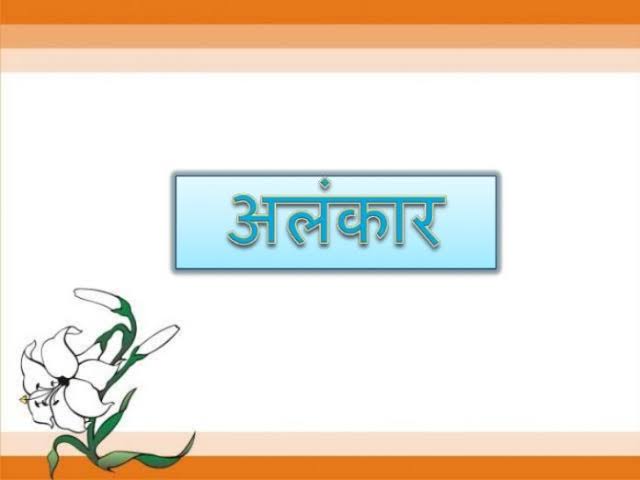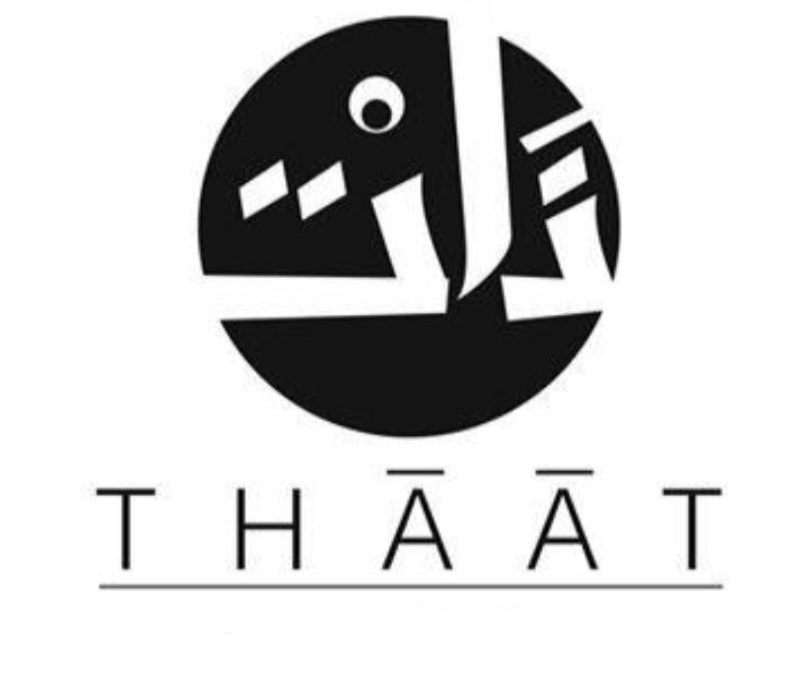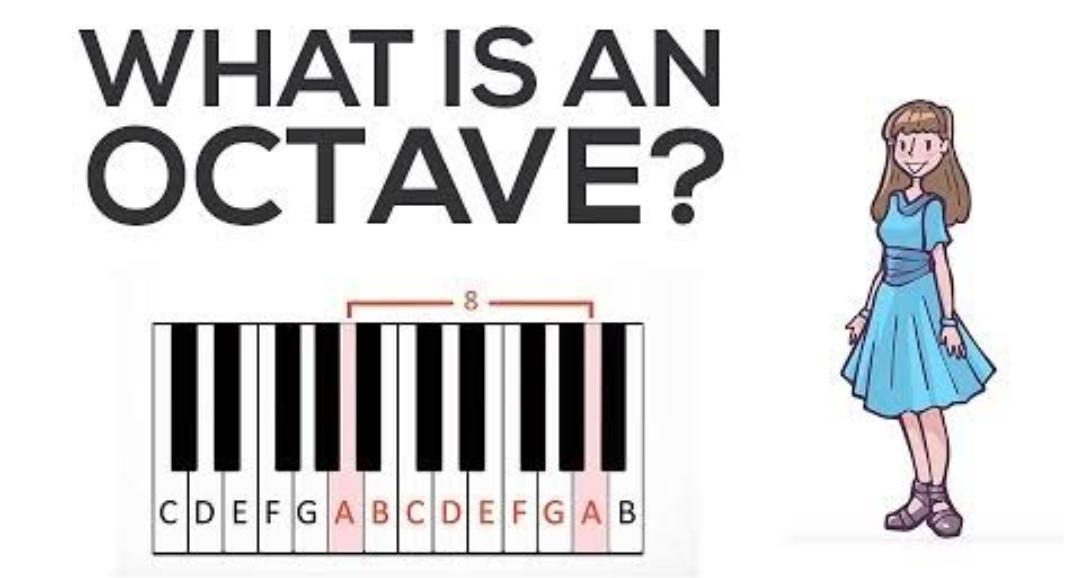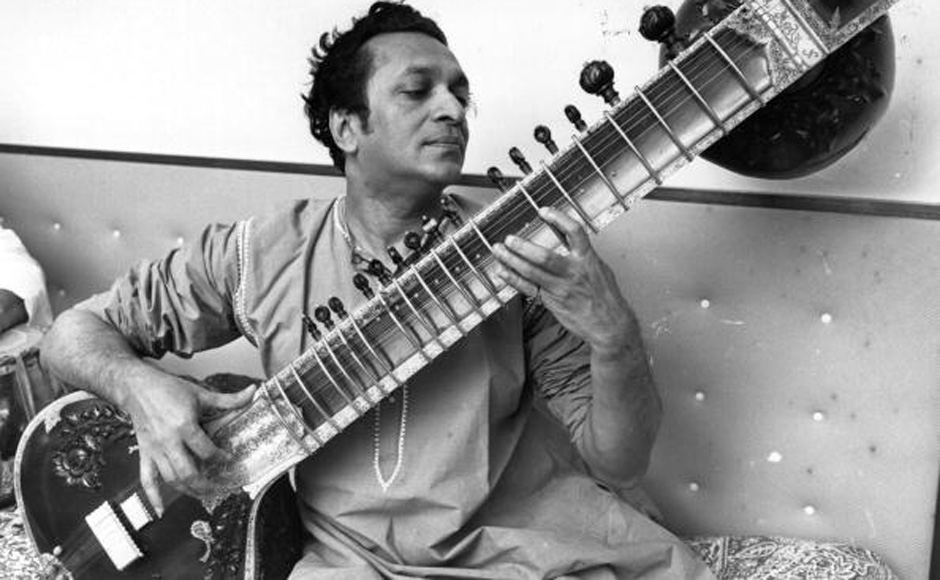
by pathofmusic | Mar 15, 2020 | Information
Alankaar The defination of Alankaar is as follows: Alankaar – Some regular Varna communities are called ‘Alankaar’ . Alankaar means aabhushan or jewel. Just like jewels increases the grace of physical body, in the same manner Alankaars enhance the...

by pathofmusic | Mar 15, 2020 | Information
Indian Swara Octave Development The Swara Octave which is clarified in India is from Sa to Ma, the order of interval. It is important to understand for prior students of music in the context of Indian Swara Octave development, that Swara Octave categorised by...

by pathofmusic | Mar 7, 2020 | Instruments
Musical Octave Development In origin of Swaras, one of the first swaras recognised pleasant to ears were Shadaj (Sa) and Pancham (Pa) Swara. It was realized that there is some gap between these swaras which is haven’t filled up yet. After more research Mathyam... by pathofmusic | Feb 27, 2018 | Sangeet
Naad “Nakaar” is Pran vachak and “Dakaar” is Agni Vachask. Therefore the sound which is generated from the connection of air and fair is called as Naad. Usually two types of naad are there: Ahat and Anahat. Both the Naad have appeared in the body, so the body is... by pathofmusic | Feb 24, 2018 | Sangeet
FORMS OF SHRUTI As we can see there are 2 names as Shruti and swar, but there is no special difference in both if seen carefully. Because both the voices are helpful in music, are used in singing and both voices can be heard clearly. Now let’s explain the distinction...

by pathofmusic | Feb 23, 2018 | Sangeet
The sound which can be used in the song and can be distinguished clearly from one another is identified as Shruti. To understand more clearly from this, suppose we first took a Naad (note) whose movement number (andolan sankhya) is 100 vibrations per second. Then we...

by pathofmusic | Feb 22, 2018 | Sangeet
SANGEET KA SWAR PAKSHYA (Music Side) Sangeet Sangeet is a combining form of song, dance and instruments. In reality, these three trades singing, dancing and playing instruments are totally different from each other. Though these are different from one another,...

by pathofmusic | Jan 15, 2018 | Music Instrument
A harmonium is a type of organ that uses air pushed through reeds to create sound. It is popular in Indian music and is often described as sounding like an accordion. Although it is most commonly used in Eastern music, the harmonium was developed in Paris and brought...

by pathofmusic | Jan 15, 2018 | History, Music Instrument
Among Indian classical musical instruments, the sitar is perhaps the best known. What’s not known is its exact origin. The sitar has been in existence for thousands of years in one form or another, but there are several theories as to who invented it. Most...

by pathofmusic | Jan 15, 2018 | Music Instrument
The Indian tabla, a two-piece percussion instrument, is the principal rhythmic accompaniment to most North Indian classical (namely khyal) and light music. It is said to have its origin in the two-faced drum called mridangam (used in South Indian music) and the...








